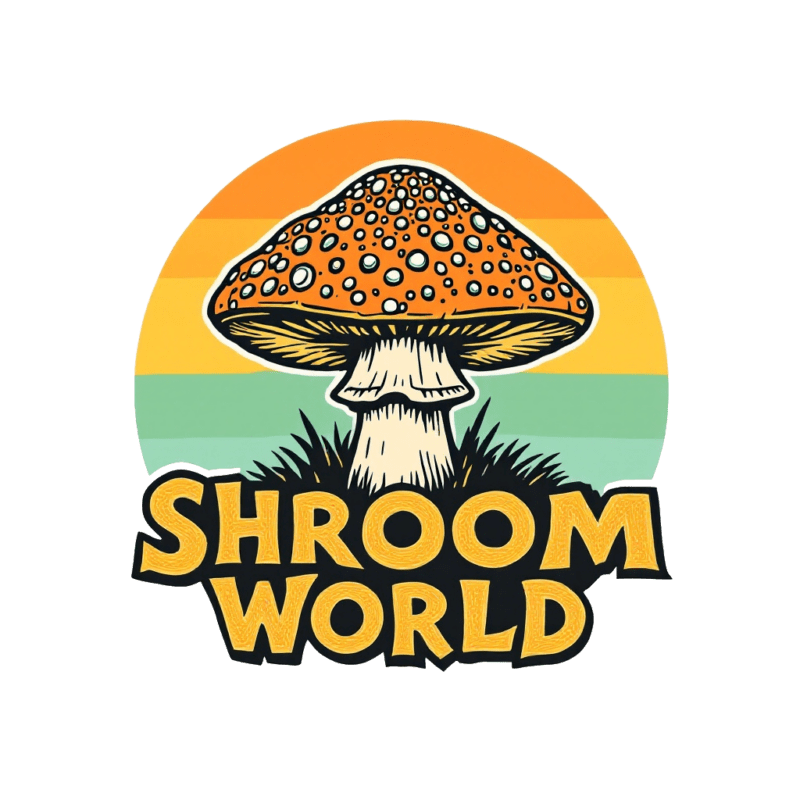In recent years, ketamine has re-emerged from its historical role as a dissociative anesthetic to become one of the most talked-about substances in mental health and psychedelic research. Studies and clinics have highlighted its potential to alleviate treatment-resistant depression, PTSD, and suicidal ideation. Alongside other psychedelics like psilocybin and MDMA, ketamine has become a central player in what many are calling a “psychedelic renaissance.”
Yet, as interest in ketamine grows, so does the risk of misinformation and misuse—particularly through online channels. This article explores the science behind ketamine therapy, the legal and ethical landscape, and why harm reduction is essential if individuals choose to use it outside of medical contexts.
What is Ketamine?
Ketamine was first synthesized in the 1960s and approved for medical use in 1970. It quickly became popular in hospitals and battlefields as a fast-acting anesthetic with a strong safety profile. Unlike opioids, ketamine does not depress breathing, making it a preferred emergency medicine in certain contexts.
At sub-anesthetic doses, however, ketamine produces a dissociative state—often described as an “out-of-body” experience. This effect, combined with its relatively short duration, has made it both a therapeutic candidate and a popular recreational drug.
Ketamine as a Mental Health Treatment
In recent decades, researchers began exploring ketamine’s psychiatric applications. Clinical trials and case studies revealed that:
Low-dose ketamine infusions could relieve symptoms of major depression within hours—even in people who had not responded to conventional treatments.
Suicidal ideation often declined significantly within 24 hours of treatment.
Repeated dosing over several weeks could provide lasting relief in some patients, though long-term effects are still being studied.
As a result, ketamine clinics have sprung up in cities across North America, Europe, and parts of Asia, offering IV or intranasal therapy under medical supervision. In 2019, the FDA approved Spravato (esketamine)—a ketamine-derived nasal spray—for treatment-resistant depression.
The Rise of Psychedelic Therapy
Ketamine’s success has helped usher in a broader interest in psychedelic-assisted therapy. Clinical trials of psilocybin (found in magic mushrooms) for depression, and MDMA for PTSD, have shown strong early results.
While ketamine is not a classical psychedelic (it acts on NMDA receptors rather than serotonin receptors), it often produces similar introspective or ego-dissolving effects. These experiences, when paired with skilled therapeutic guidance, can lead to profound shifts in mental health and perspective.
The Risks of Buying Ketamine Online
As with many substances that show therapeutic potential, ketamine has found its way into unregulated markets—particularly on the internet. Some websites claim to sell “ketamine vapes” or lozenges, often paired with vague assurances of legality and quality.
However, purchasing ketamine online without a prescription carries significant risks:
Legality: Ketamine is a controlled substance in most countries. Possession or distribution without a license is illegal and can result in criminal charges.
Purity and Safety: Substances sold online, especially from unverified sources, may be contaminated, mislabeled, or entirely counterfeit.
Lack of Medical Supervision: Ketamine can cause elevated heart rate, dissociation, and—even at therapeutic doses—psychological discomfort. Without supervision, there’s a higher risk of adverse outcomes.
Dependency Potential: While not as addictive as opioids or stimulants, ketamine can lead to psychological dependence or compulsive use, especially in frequent or high doses.
Harm Reduction: A Realistic Approach
While it’s essential to discourage unsafe or illegal drug use, it’s also true that some individuals will seek out ketamine regardless of the risks. That’s where harm reduction comes in.
Harm reduction doesn’t promote drug use. Instead, it recognizes that reducing the dangers of use is better than turning a blind eye. Key principles include:
Start low, go slow: If someone is using a new substance, starting with a minimal dose can help reduce risk.
Test substances: Drug testing kits (e.g., reagent kits) can help identify dangerous adulterants.
Avoid mixing: Combining ketamine with alcohol, benzodiazepines, or opioids increases the risk of respiratory depression and unconsciousness.
Set and setting: Like other psychedelics, ketamine’s effects are influenced by the environment and mindset. Safe, calm, and familiar spaces reduce the chance of a negative experience.
Don’t use alone: Having a sober, trusted person nearby can make a big difference in case of an adverse reaction.
Seek help if needed: Bad trips, psychological distress, or ongoing use patterns should be discussed with a mental health professional—ideally one familiar with psychedelic therapy.
A Future of Regulated Psychedelic Care?
The momentum behind legal psychedelic-assisted therapy is strong. MAPS (Multidisciplinary Association for Psychedelic Studies) has made major progress in MDMA research, and institutions like Johns Hopkins and Imperial College London are leading trials on psilocybin. Ketamine clinics remain one of the few currently legal pathways for accessing psychedelic-like therapy in many countries.
Yet regulation still lags behind public interest. Many people turn to underground or online sources due to high clinic costs, lack of access in rural areas, or curiosity about self-guided exploration. Until more accessible legal frameworks are built, the gap between need and safety will persist.
